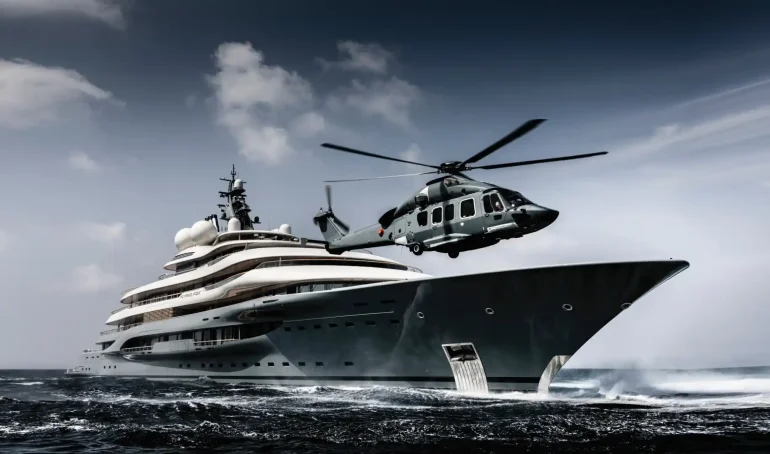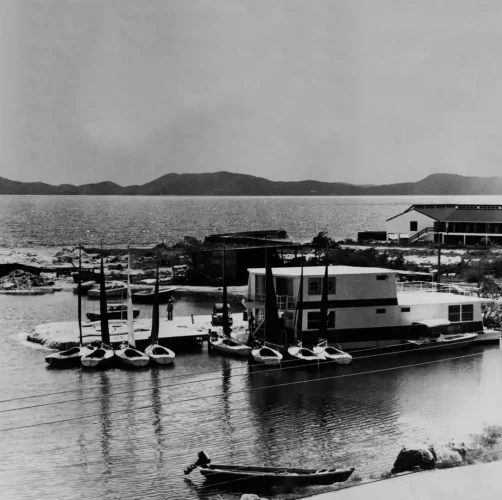Spotting – We were dodging our way around the Dogs when the helmswoman said “There's a boat coming towards us.” “What sort of boat?” the crew enquired. “Sailboat,” she said, “with the sails all wonky.” The skipper cast his eye in the appropriate direction to see a large catamaran wobbling its way downwind sailing wing and wing. This seemed like a good time for a discussion of Right Of Way. Who needed to give way in this situation? We were on port tack whilst the other yacht was upwind of us and had her boom protruding on starboard side, indicating a port tack also.

It seemed clear that we were the stand-on boat, being to leeward but as we got closer the other cat didn't look as if she were going to give us any room. Closer and closer we came until at the last minute we headed up as high as we could and pinched our way past the other boat. The helmsman on the other boat waved his arms about and eventually we realised he was trying to tell us that the wind was actually coming over his starboard side, making him a starboard tack boat and thus the stand-on vessel.
Discussion ensued, some of our crew conceding that technically he must be right, since he was wing and wing, sailing by the lee. Finally we resorted to the Rules which clearly state that port and starboard tacks are defined by which side of the boat the boom is over. In this case the other vessel's boom was over starboard side, putting it on port tack, and thus to windward of us and thus the give-way vessel. We were right, but we still were the ones changing course!
Later on that same trip we caught a decent sized mahi on the leg from Anegada to Jost. Reeling in the line took some doing and finally we hove-to so that the boat was settled down and the fishermen could work their magic. Discussion ensued—were we technically Not Under Command? Were we Restricted in our Ability to Manoeuvre? Well, No and No. But we had made sure we were on a starboard tack, giving us some small degree of comfort as the New Year's fleet sailed around us.

When sailing around in the midst of a charter fleet with sailors from many different countries and cultures and levels of knowledge sometimes the smart thing to do is to leave the rules book behind and simply stay out of everyone's way. Not always a simple thing, granted, but who wants to be doing the calculations of “Hmm, he has both sails up but they're trimmed in tight while the wind is actually coming from behind him. And is that exhaust smoke I see streaming from the back end? Is he motor-sailing or maybe he has the generator running or he could be running his engine to charge up the batteries and he's actually sailing but his sail trim's all wrong. Damn it, what am I going to do?”





